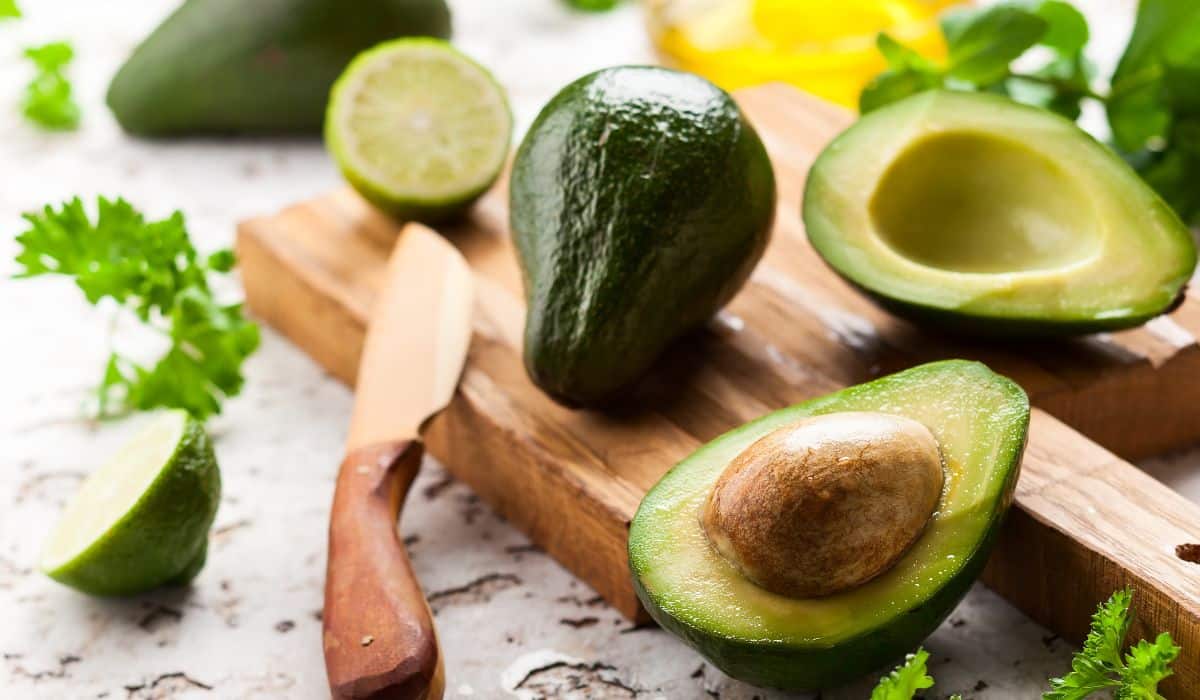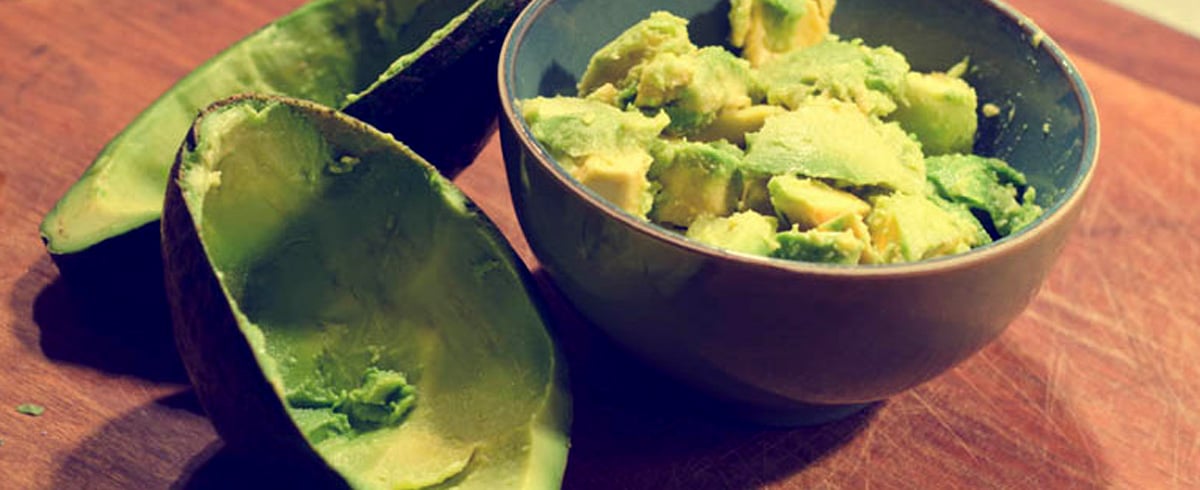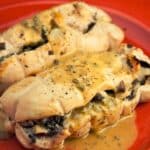
Some foods are valuable because they’re rich sources of micronutrients. Vegetables are a prime example of this: they don’t really supply any of the three macronutrients (protein, carbs, or fat), but they’re packed with vitamins and minerals, so they’re healthy and nourishing in other ways.
Other foods aren’t particularly high in micronutrients, but they’re valuable as clean, healthy sources of energy. These are the foods we need to fuel our bodies, so we can run, jump, squat, deadlift, walk up stairs, do dishes, or just keep our metabolism pumping. Examples of valuable energy foods would be healthy fats like coconut oil or butter: a row of 0’s in the vitamin column, but healthy nonetheless.
And then there are the foods that are even better: they do both. Grass-fed meat falls into this category – a palm-sized serving of ground beef, for example, is packed with clean energy (healthy fat and protein) and micronutrients (Vitamins B3, B6, and B12, iron, phosphorus, zinc, and selenium). Eggs, full-fat milk (if you tolerate dairy well), and a few other animal foods are other examples. But there’s also a high-energy, high-nutrient food that even your vegan friends can enjoy: the humble avocado.
Native to Central and South America, avocados weren’t technically around in the Paleolithic, but they come relatively close: the earliest evidence of avocado consumption comes from around 10,000 BC in Mexico. Admittedly, they don’t look like much on the outside. They have that weird lizard-skin texture, and they sometimes look more like rocks than food. But that unassuming outer shell is hiding a delicious treat inside.
What’s In an Avocado: Macronutrients
From a macronutrient perspective, avocados are mainly (about 77%) fat, and most of that is very healthy fat. This makes them unusual among fruits, since most other fruits have very little fat. But as Paleo dieters know, the right kind of fat is nothing to be afraid of! In fact, the high fat content of avocados is actually a benefit because it means they’re very low in sugar. The healthy fats found in avocados are a much better source of fuel and energy than the fructose found in most other fruits.
Getting down to the numbers, the fat in an avocado is 63% monounsaturated, 14% saturated, and 12% PUFA (this doesn’t quite add up to 100% because there are a few other very minor types of fat). Considering that saturated and monounsaturated fats are the best kinds to eat, this is a very healthy set of numbers; it’s quite similar to the kind of fat found in olive oil.
The third kind of fat, the PUFA, is less healthy for you, but there just isn’t that much of it in an average serving of avocado. Remember that a good rule of thumb is to eat less than 4% of your calories as PUFA. In one avocado, you’re getting 22 PUFA calories, which is only 1% of a 2,000-calorie diet. Not everyone eats a 2,000-calorie diet, of course (and you shouldn’t be counting calories anyway), but anyone involved in any kind of regular exercise shouldn’t be eating much less. So unless you’re putting back more than 4 avocados every day, there’s nothing to worry about from the PUFA.
Another reason not to be concerned about the PUFA in avocados is that you generally eat them cold. Polyunsaturated fats are less than ideal because they’re very fragile and easily break down under the stress of light, heat, or oxygen. But think about how you eat an avocado: it’s sealed up in its peel, completely protected from these stresses, until you’re actually ready to enjoy it. Even after they’re exposed to light and air, they’re rarely heated. So the PUFA in an avocado is likely to be a lot less harmful than the PUFA in a cooking oil.
If you’re still a little skeptical about whether or not the fat in avocados is really healthy, take a look at some of the research. In this study, an avocado-enriched diet improved cholesterol and triglyceride levels in hypercholesterolemic adults. And this study suggested that substituting avocados for some of the “heart-healthy whole grains” in a typical diabetic diet could improve triglyceride levels without any negative side effects. This study had similar conclusions, finding that an avocado-enriched diet (0.5-1.5 avocados per day) had more benefits for blood cholesterol levels than a diet based on complex carbohydrates. So the fat in avocados isn’t just “not dangerous;” it’s actually good for you!
The bottom line: avocados are an excellent source of healthy fats. If you’re looking for clean-burning energy to fuel your body, you can get it here.

What’s In an Avocado: Micronutrients
Their macronutrient profile alone would earn avocados a spot on the Paleo food pyramid. But they don’t stop there. Inside one medium avocado, you’re getting:
- Vitamin K1: 36% of the recommended daily value.
- Vitamin B9 (Folate): 30%
- Vitamin C: 20%
- Vitamin B5 (Pantothenic acid): 20%
- Potassium: 20%
- Vitamin B6: 20%
- Vitamin E: 13%
- Vitamin B3 (Niacin): 13%
- Copper: 12%
- Vitamin B2 (Riboflavin): 11%
- Magnesium: 10%
- Manganese: 10%
Plus smaller amounts of almost everything else. And as a bonus, the fat in the avocado helps your body absorb and use all these nutrients, so you can be sure that you’re actually getting them all. Add some avocado to a big mixed salad, and you’ll be extending those same delicious benefits to the rest of your vegetables as well.
Avocados are also an excellent source of fiber (providing 37% of the recommended daily amount), proving once again that you don’t need grains to get enough fiber in your diet!
Then there are the antioxidants. Avocados are green, but they contain some of the same antioxidants (called carotenoids) that make bright red and orange vegetables so healthy. And like vitamins, carotenoids are best absorbed when they’re eaten with fat, so an avocado is an ideal carotenoid delivery system.
With such an impressive micronutrient and antioxidant content, avocados are actually more nutritious than many vegetables (lettuce, for example, isn’t nearly so healthy). Another point to the avocado lovers!
Choosing and Eating Avocados
Most consumers in the United States are familiar with Hass avocados: these are the small, dark-green fruits from California. Floridians and their neighbors may also recognize the larger, bright-green Florida avocados. There are a few other less popular types, all of which have some minor variations in fat content and taste, but in general any avocado you can get is a healthy choice.
Whichever kind of avocado you choose, the ideal fruit will be hard on the outside when you bring it home. Avocados only ripen once they’re off the tree, so these hard fruits aren’t ready to eat immediately. Cut into an unripe avocado, and you’ll get wooden, bitter flesh: gross. Instead, leave them on the counter (not in the fridge!) until they’re soft when you squeeze them gently.
So why not just buy soft avocados right away? If you’re planning to use them the same day, this is fine. But grocery-store avocados go through a lot of squeezing and pinching every day. If they’re allowed to ripen in the grocery store, they’re likely bruised from all the people who have picked them up and tested them. Buying an unripe fruit prevents this problem.
Once you’ve found the perfect avocado, the simplest alternative is to eat it plain. Sprinkle with sea salt, balsamic vinegar, or lemon juice to taste, and dig in. Avocados make a fantastic Paleo lunch option, because they don’t require heating or refrigeration. Just throw one into your lunchbox with couple cans of tuna or sardines, and take off!
Some people love their avocados plain like this, but others find them bland and boring. It’s true that they aren’t the strongest-tasting fruit around, but there are plenty of ways to add more flavor. Guacamole is a classic, either the quick version or this fancier recipe with radishes. Alternately serve them in salad or as a salsa to top off a nice piece of meat. You can also sprinkle some avocado on top of a soup as a creamy and nutritious garnish – for hot, spicy recipes, this makes a very pleasant contrast and really brings out the flavor of the soup itself.
Another option is to use the avocado itself as a bowl for meat or salsa, a presentation that’s always sure to impress. Or go with something even more creative: there are dozens of ways to jazz them up a little, and however you slice it, an avocado is a healthy and delicious addition to your meal.





Leave a Reply